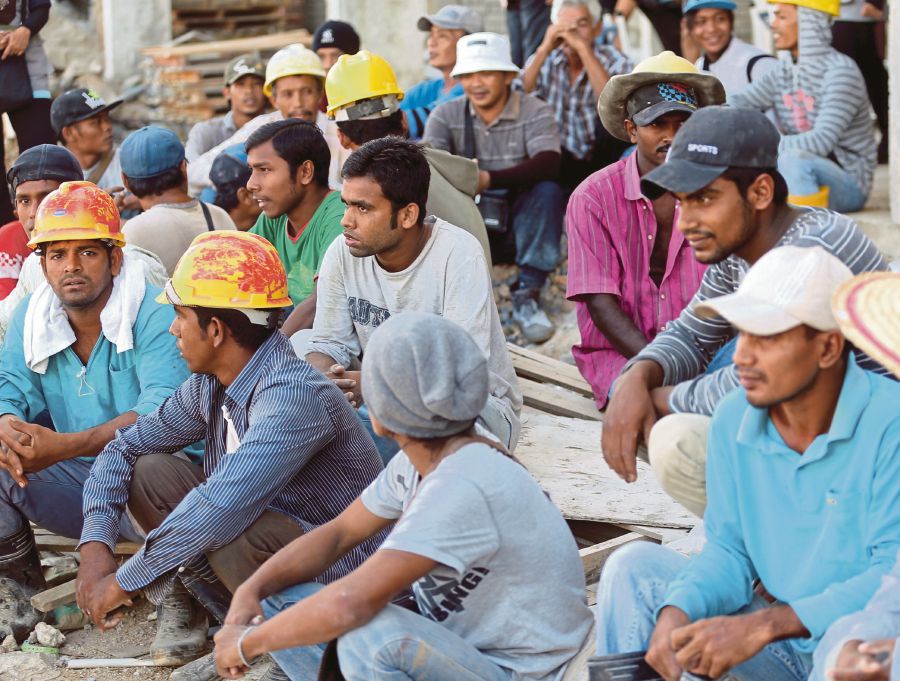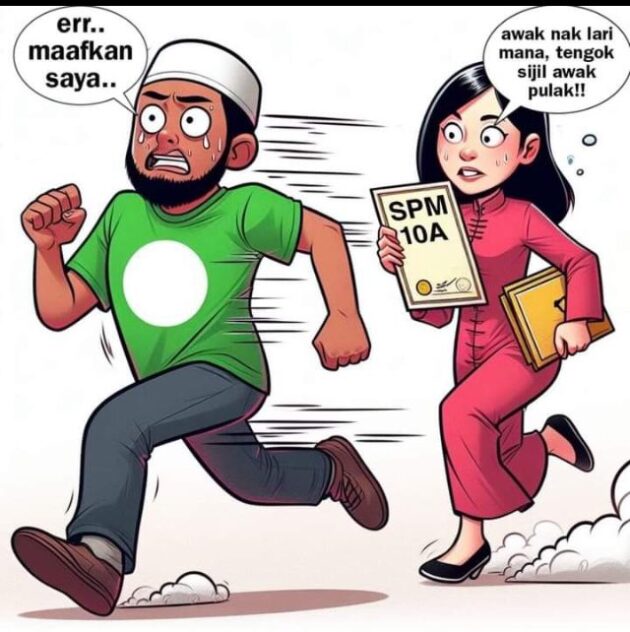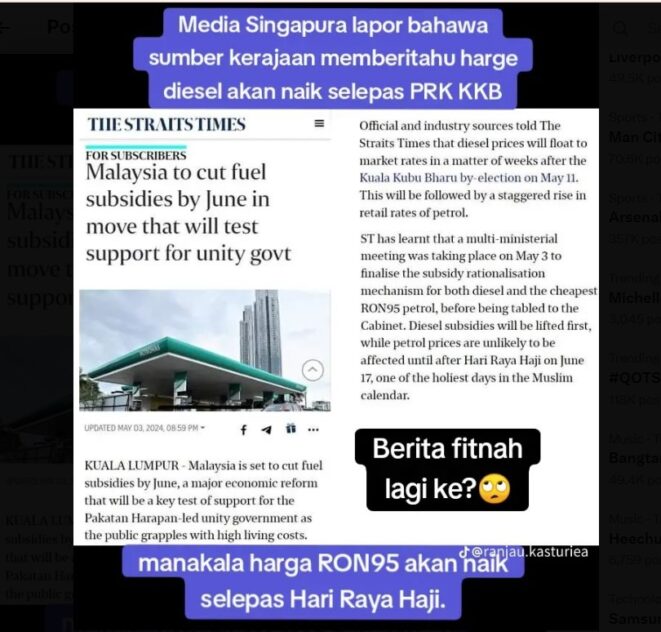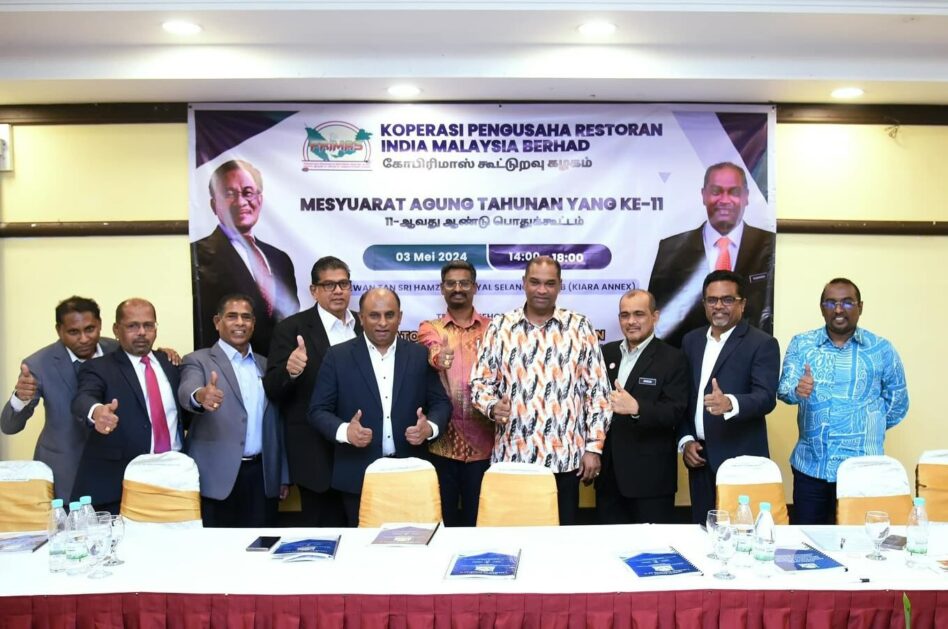THE National Forced Labour Action Plan (NFLAP) by the Human Resources Ministry is doomed to fail.
It is not that the plan has failed to include the criteria (around 10) set by the International Labour Organisation (ILO) but it represents a piecemeal effort to address a problem that is endemic to the nature and function of the economy in the country.
There can be endless debates about how to eradicate the phenomenon of forced labour, but nothing serious can come out of them.
Even the ILO’s definition of forced labour based on the criteria established does not tell us much about why forced labour thrives in some sectors and not in others.
Even if Malaysia adhered strictly to the criteria set by the ILO, there is no guarantee that the phenomenon of forced labour will be eliminated.
Forced labour or the relationship between labour and capital varies from industry to industry.
If products are produced in a certain quantity without much consideration for the value of labour expertise, then there is tendency to repress labour by the imposition of extra economic coercion.
However, in industries or establishments involving production of quality goods by the deft combination of labour skills and technology, then forced labour might not be present.
While the ILO comes with a working definition or criteria of what constitutes forced labour, it fails to explain the cause of the widespread phenomenon.
Malaysia became concerned about forced labour when the products of some companies operating in the country were banned from entry into the US market.
The reason: these companies were found to have contravened the law on forced labour.
Whether the ministry’s human resource officials are aware or not, it is not that simple to eradicate the curse of forced labour.
Some symptoms of forced labour can be removed to satisfy the requirements of the export countries.
These can be simply termed as mitigating measures.
Forced labour is not an aberration but rather, part and parcel of the economic and social systems of countries that depend on cheap and malleable labour.
In Malaysia, the use of cheap labour is widespread especially but not exclusively with the large presence of foreign labour (both documented and undocumented).
Foreign labour is deployed under terrible labour conditions of working long hours based on low wages.
Since the industries that use foreign labour produce low-value products, the value of labour is not appreciated.
It is more the question of squeezing labour to the maximum to maintain profits.
In industries that require skilled labour, there is intrinsic interest in the welfare and well-being of labourers.
It is not that the owners of the companies are considerate or compassionate but the need for labour expertise predisposes them to take a broader view of the production process in terms of deepening their investments.
In modern capital-intensive industries attention is paid to the value of labour, conditions are tolerable and dissent is allowed in the form of labour representation through trade unions.
Forced labour means that there is no labour freedom and labour power is exchanged under conditions of control and coercion.
Only about 8% of the country’s labour force are organised in trade unions but many sectors are not organised.
The establishment of in-house or company unions have militated against strong labour representation with some multinational companies being encouraged by the Government from recognising trade unions.
The Registrar of Trade Unions (RoTU) is a powerful state agency that seeks compliance on trade unions.
Forced labour just cannot be eliminated by the adherence to the simplistic definition or criteria set by the ILO.
These are mere mitigation measures that have no impact on the root cause of forced labour, which is the labour-intensive economy – an economy that is based on unfree and compliant labour.
Let us go beyond the ILO’s definition of forced labour. – Jan 9, 2022
Ramasamy Palanisamy is the state assemblyman for Perai and the Deputy Chief Minister II of Penang.
The views expressed are solely of the author and do not necessarily reflect those of Focus Malaysia.










